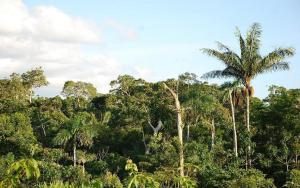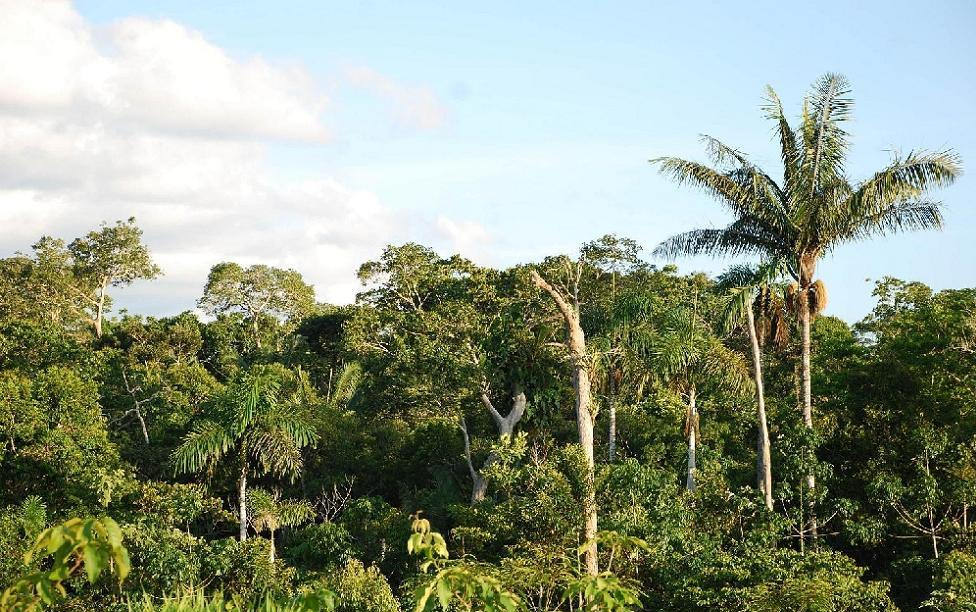
ARIZONA STATE UNIVERSITY—Phoenix, AZ—You’ve likely heard about being in the right place at the wrong time, but what about having the right genes in the wrong environment? In other words, could a genetic mutation (or allele) that puts populations at risk for illnesses in one environmental setting manifest itself in positive ways in a different setting?
That’s the question behind a recent paper published in The FASEB Journal by several researchers including lead author Ben Trumble, an assistant professor at Arizona State University’s School of Human Evolution and Social Change and ASU’s Center for Evolution and Medicine.
These researchers examined how the apolipoprotein E (ApoE) gene might function differently in an infectious environment than in the urban industrialized settings where ApoE has mostly been examined. All ApoE proteins help mediate cholesterol metabolism, and assist in the crucial activity of transporting fatty acids to the brain. But in industrialized societies, ApoE4 variant carriers also face up to a four-fold higher risk for Alzheimer’s disease and other age-related cognitive declines, as well as a higher risk for cardiovascular disease.
The goal of this study, Trumble explains, was to reexamine the potentially detrimental effects of the globally-present ApoE4 allele in environmental conditions more typical of those experienced throughout our species’ existence—in this case, a community of Amazonian forager-horticulturalists called the Tsimane.
“For 99% of human evolution, we lived as hunter gatherers in small bands and the last 5,000-10,000 years—with plant and animal domestication and sedentary urban industrial life—is completely novel,” Trumble says. “I can drive to a fast-food restaurant to ‘hunt and gather’ 20,000 calories in a few minutes or go to the hospital if I’m sick, but this was not the case throughout most of human evolution.”
Due to the tropical environment and a lack of sanitation, running water, or electricity, remote populations like the Tsimane face high exposure to parasites and pathogens, which cause their own damage to cognitive abilities when untreated.
As a result, one might expect Tsimane ApoE4 carriers who also have a high parasite burden to experience faster and more severe mental decline in the presence of both these genetic and environmental risk factors.
But when the Tsimane Health and Life History Project tested these individuals using a seven-part cognitive assessment and a medical exam, they discovered the exact opposite.
In fact, Tsimane who both carried ApoE4 and had a high parasitic burden displayed steadier or even improved cognitive function in the assessment versus non-carriers with a similar level of parasitic exposure. The researchers controlled for other potential confounders like age and schooling, but the effect still remained strong. This indicated that the allele potentially played a role in maintaining cognitive function even when exposed to environmental-based health threats.
For Tsimane ApoE4 carriers without high parasite burdens, the rates of cognitive decline were more similar to those seen in industrialized societies, where ApoE4 reduces cognitive performance.
“It seems that some of the very genetic mutations that help us succeed in more hazardous time periods and environments may actually become mismatched in our relatively safe and sterile post-industrial lifestyles,” Trumble explains.
Still, the ApoE4 variant appears to be much more than an evolutionary leftover gone bad, he adds. For example, several studies have shown potential benefits of ApoE4 in early childhood development, and ApoE4 has also been shown to eliminate some infections like giardia and hepatitis.
“Alleles with harmful effects may remain in a population if such harm occurs late in life, and more so if those same alleles have other positive effects,” adds co-author Michael Gurven, professor of anthropology at University of California, Santa Barbara. “Exploring the effects of genes associated with chronic disease, such as ApoE4, in a broader range of environments under more infectious conditions is likely to provide much-needed insight into why such ‘bad genes’ persist.”
The abstract and full research paper “Apolipoprotein E4 is associated with improved cognitive function in Amazonian forager-horticulturalists with a high parasite burden” can be viewed here in The FASEB Journal.
_____________________________________
The tropical environment of the Tsimane. Sascha Grabow, Wikimedia Commons
______________________________________________
Article Source: Arizona State University news release
__________________________________________________
Subscribe to Popular Archaeology Premium. Available on all laptops and mobile devices, and still the industry’s best value at only $9.00 annually.
___________________________________________
Travel and learn with Far Horizons.
____________________________________________
This richly illustrated issue includes the following stories: Recent findings shedding new light on the whereabouts of the remains of Philip of Macedon, father of Alexander the Great; how an archaeologist-sculptor is bringing bones of the dead back to life; archaeologists uncovering town life at the dawn of civilization; an exclusive interview with internationally acclaimed archaeologist James M. Adovasio about what makes the Meadowcroft Rockshelter prominent in the ongoing search for the first Americans; what archaeologists are finding at the site of the ancient city of Gath, the home town of the biblical Philistine giant, Goliath; and how scientists are redrawing the picture of human evolution in Europe. Find it on Amazon.com.






